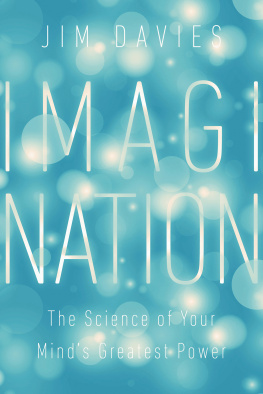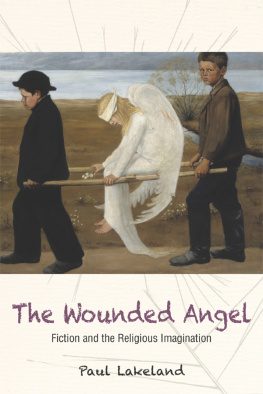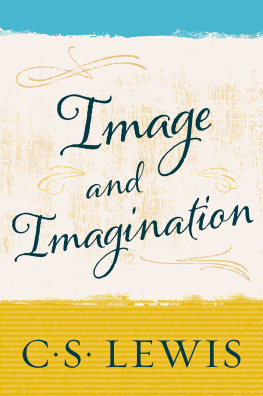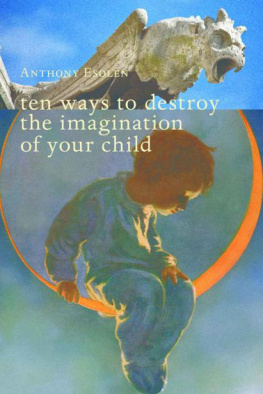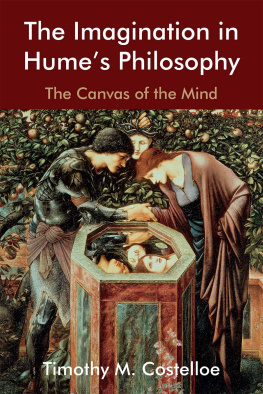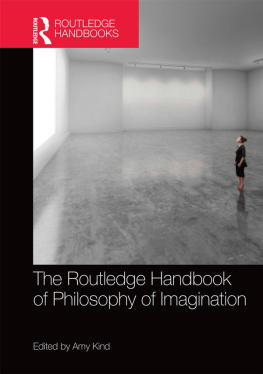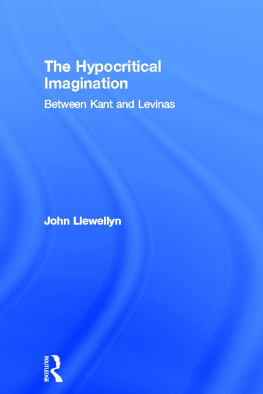
ALSO BY JIM DAVIES
NONFICTION
Riveted: The Science of Why Jokes Make Us Laugh, Movies Make Us Cry, and Religion Makes Us Feel One with the Universe
PODCAST
Minding the Brain
FICTION
Eve Pixiedrowner and the Micean Council, published as a serial in Altered Reality Magazine
IMAGINATION
The Science of Your Minds Greatest Power
JIM DAVIES

PEGASUS BOOKS
NEW YORK LONDON
Dedicated to my parents, James and Janet Davies
W hen I set out to write this book, I wanted to write something that bright high school graduates and university students could understand, but would also be a volume that scientists would appreciate, too.
This book uses information gleaned from hundreds of studies and scholarly works. In my field, many papers are coauthored, sometimes by six or more people. To reduce excess verbiage, I mention only the first author for a study in the text. The endnotes have all of the authors names. This does not necessarily mean that the first author did all or most of the work, though, in general, this is true. In science, the person in charge of the laboratory is usually the last author listed.
Furthermore, most of the scientists I cite here are psychologists. If I mention a name without referring to their field, assume they are a psychologist. When I cite someone from another field, such as philosophy or computer science, I will mention it.
I magine a jar of peanut butter.
When you do this, youre creating, in your mind, something that doesnt existeven if youre imagining the jar you actually have in your cupboard, youre creating something new. Theres the actual jar of peanut butter, and then there is a separate thing in your mind: a representation of the jar, here and now, not where and when the physical thing actually is. The actual jar of peanut butter is made of plastic and peanut butter. The thing in your head, the imagining, is some pattern of neurons firing in your brain. Even when you use your imagination to remember something that actually happened to you, youre creating a simulation of a time and place that no longer exists.
This is the essence of imagination: the creation of ideas in your head, composed from ideas, beliefs, and memories. Often, they are not simple ideas, but complex structures. The most spectacular use of imagination is in creativity, but this book isnt about creativity, which requires the generation of something new and effective in some way. Acts of imagination need not be new or useful. Imagination also has great uses in more mundane tasks we do every day, such as planning the day. When you think of what route you want to use to get home, or you go through the logistics of where to park your bike, or figure out what order you should run your errands in, youre thinking of possible realities that do not yet exist. Though we dont often call these acts creative, they are fantasies, possible futures that dont currently exist outside your mind. Even the simple act of considering what to do next is using your imagination.
When you picture a jar of peanut butter, if youre like most people, you have an experience that is kind of like, but not exactly the same as, seeing it in real life. Likewise, when you have a song stuck in your head, or when youre having a vivid dream, it can be a profoundly sensory experience. Its called your minds eye, because it feels like youre actually seeing things in your head. Likewise, we have a minds ear, nose, and tongue.
MENTAL IMAGERY
For most people, imagination in its clearest and most obvious form is mental imagery. You have the experience of seeing in both perception and in imagination, but in perception, the light or sound comes in from the outside world, and for imagination, the information comes from your memories.
Coming up with a precise definition of mental imagery is difficult, but coming up with a vague definition is pretty easy. Mental imagery tends to have some common characteristics: first, it is like experience with the senses. That is, if you create a mental picture of a boy chasing a fox, or imagine the sound of what the fox says, the experience is like a less-vivid version of actually looking at a boy or listening to a fox in the real world. Second, it happens in the absence of input from the environment that would normally cause itits created by your own mind. Or, put more simply, the image in your head is not caused by what youre currently perceiving.
This bit is important because even when your eyes are open, your mind can rope in memories and project imagination into the scene youre seeing in the world. You might look at your living room and imagine how a red couch would look in it, in a kind of organic augmented reality. Imagining doesnt have to be in the absence of all perceptual imagery, just in the absence of the stimulation that would normally produce the experiencein this case, an actual red couch.
In these examples, we generate imaginings with an act of will, but sometimes imagery comes automatically. For example, many people get spontaneous images when theyre reading novels. Ive described disturbing things to people to have them tell me, sarcastically, Thanks for that image. People who experience trauma sometimes imagine the event, again and again. Not only do they not decide to reimagine the trauma, they cant stop.
But can we imagine without imagery? Its easy to think of visual imagination as being nothing more than mental imagery, but we have what we might call conceptual imagination as well that doesnt really have much to do with the senses. Ill give a few examples.
Imagine a triangle. Now add one side to make a square. Now add so many sides that there are 2,001 of them. The picture of it in your minds eye is wrongeither the polygon has far fewer than 2,001 sides, or it looks just like a circle, because the details are too fine to make out with the resolution of your mental imagery. Just like a computer screen or a photograph, your visual mental imagery has a limited resolution.
So how is imagining a 2,001-sided polygon different from imagining a circle? Because you know that its a polygon, not a circle. Now, remove one side of the polygon, so that it only has 2,000 sides. It doesnt look any different in the image! Both a 2,000-sided polygon and a 2,001-sided polygon will look just like a circle in your mental imagery. The difference is only in your belief about the polygon. Both of them look like circles, but you know that they have a different number of sides. These beliefs are part of your imagination, too, even if they dont particularly look like anything. The difference is conceptual, not visual. This is one example of how you can have a nonsensory imagining.
There are lots of states of being that dont particularly look, sound, or smell like anything at all: owning a bike, thinking that Kikis Delivery Service is a great movie, having $49,000 in your bank account, having a goal to chew more gum, wanting to eat a spoonful of peanut butter, being part of the in-group at work, and so on. Often, our imaginings are a combination of mental imagery (sensory imagining) and conceptual imagining.
And this ability is extraordinarily powerful.
Our ability to imagine things is a surprisingly important ingredient for the special sauce we have that makes us the only species on Earth that have things like money, the arts, cities, moon landings, and Laurie Andersons Big Science album.
But we humans have lots of relationships that go beyond our personal histories with other people. We can feel a kinship with (or a hatred for) people weve never even met. We might feel a nationalistic affiliation with our fellow citizens. We might want to help out other people who belong to our own religion, political party, or are also Beastie Boys fansor hurt those who we believe hold different values. Other animals cant do this. Chimpanzees cant have groups of more than about fifty individuals. Any more than that and the group splits. Their brains dont have the carrying capacity to keep track of that many one-on-one relationships. Nonhuman animals cant know who to trust without having some significant interaction with specific individuals. But with human imagination, we can construct these abstract concepts of social groups that include people weve never met. When we perceive someone else to be in some social group or other, we know how to treat them.
Next page
